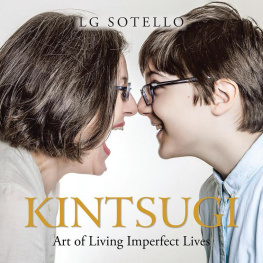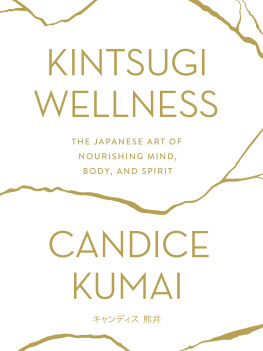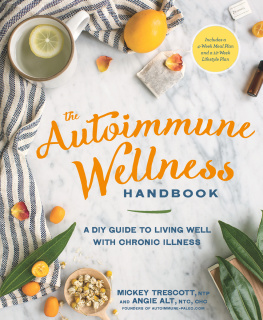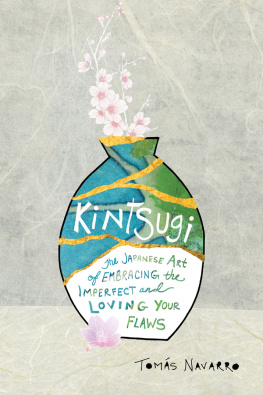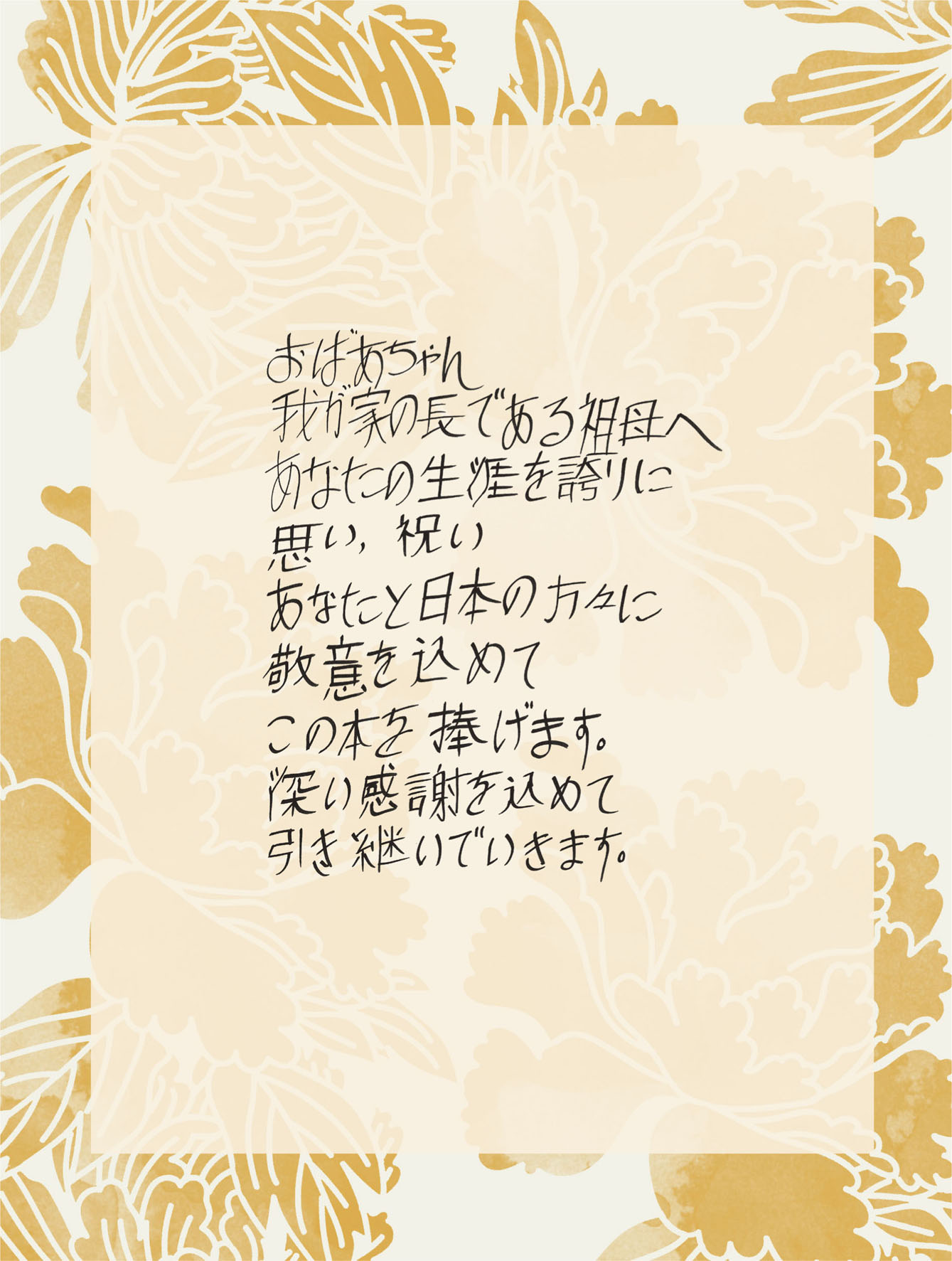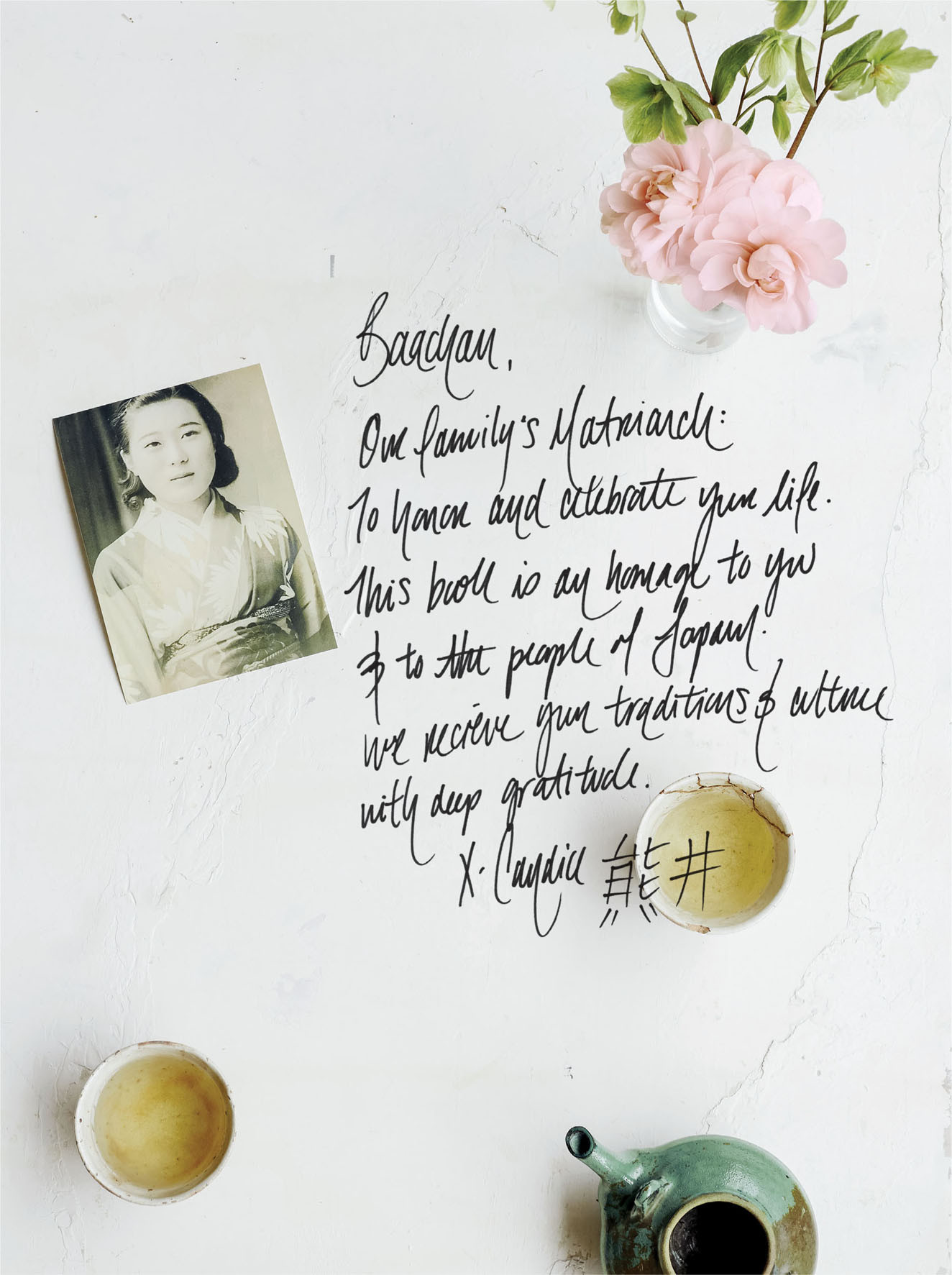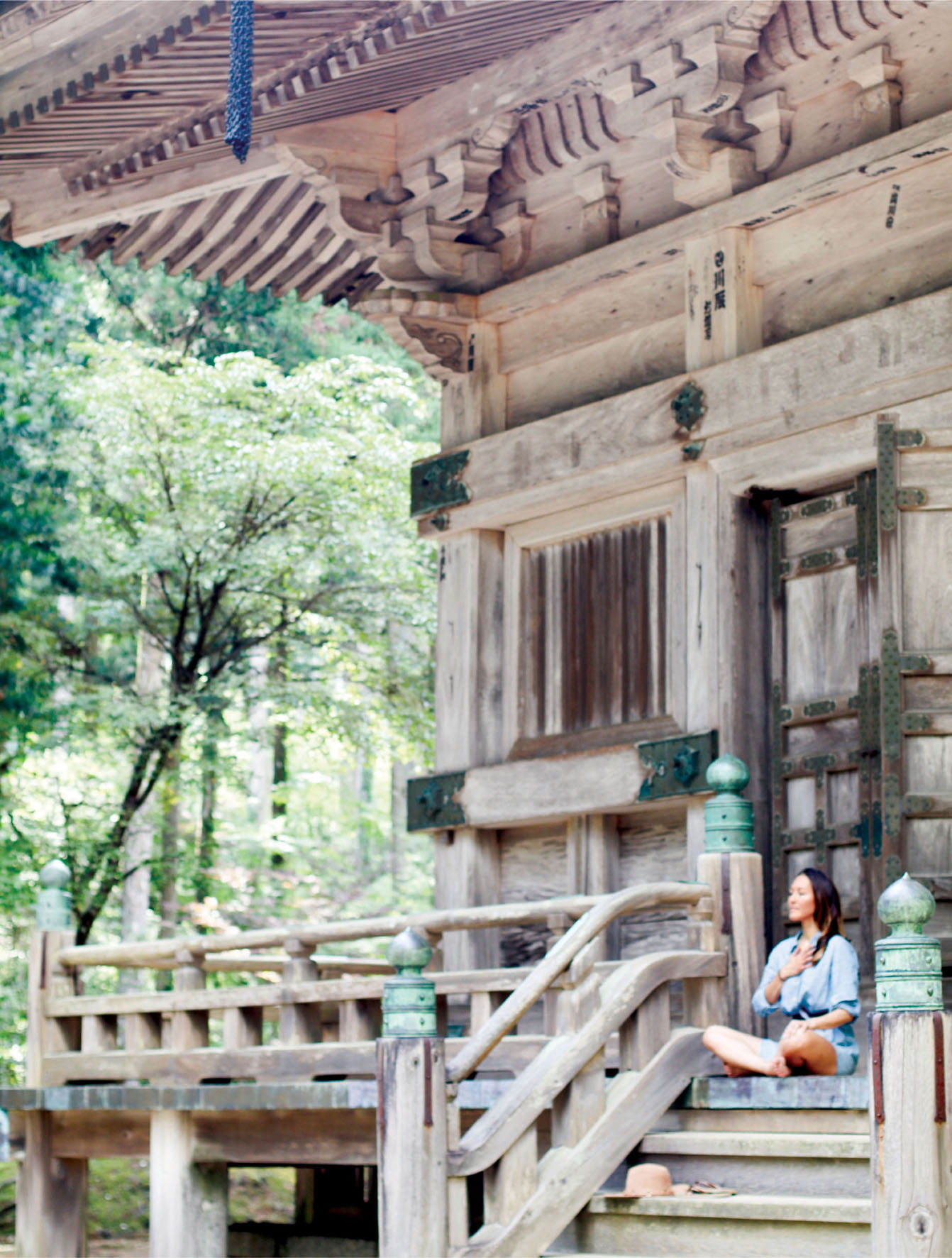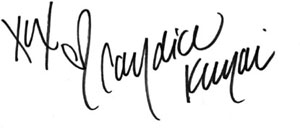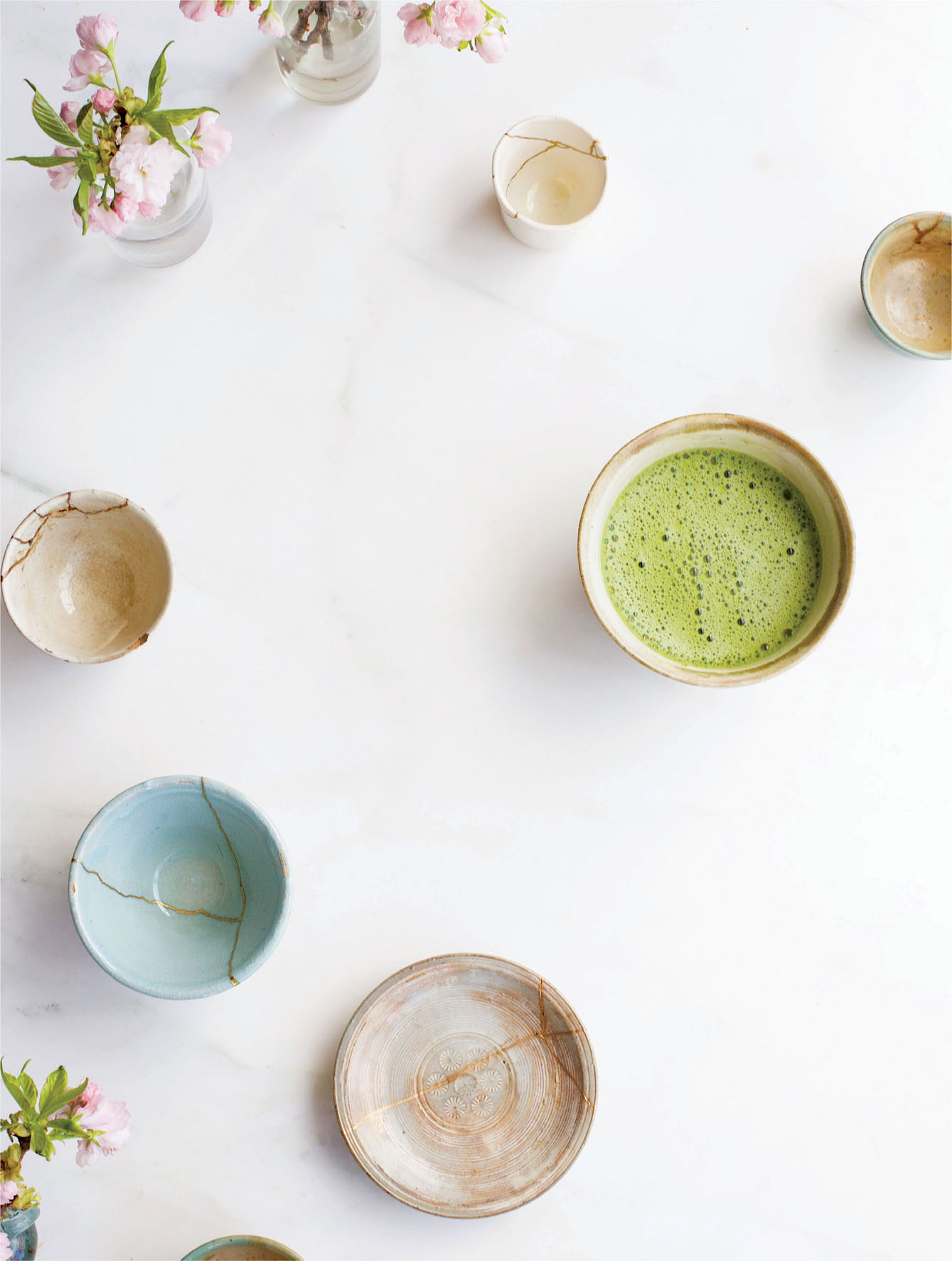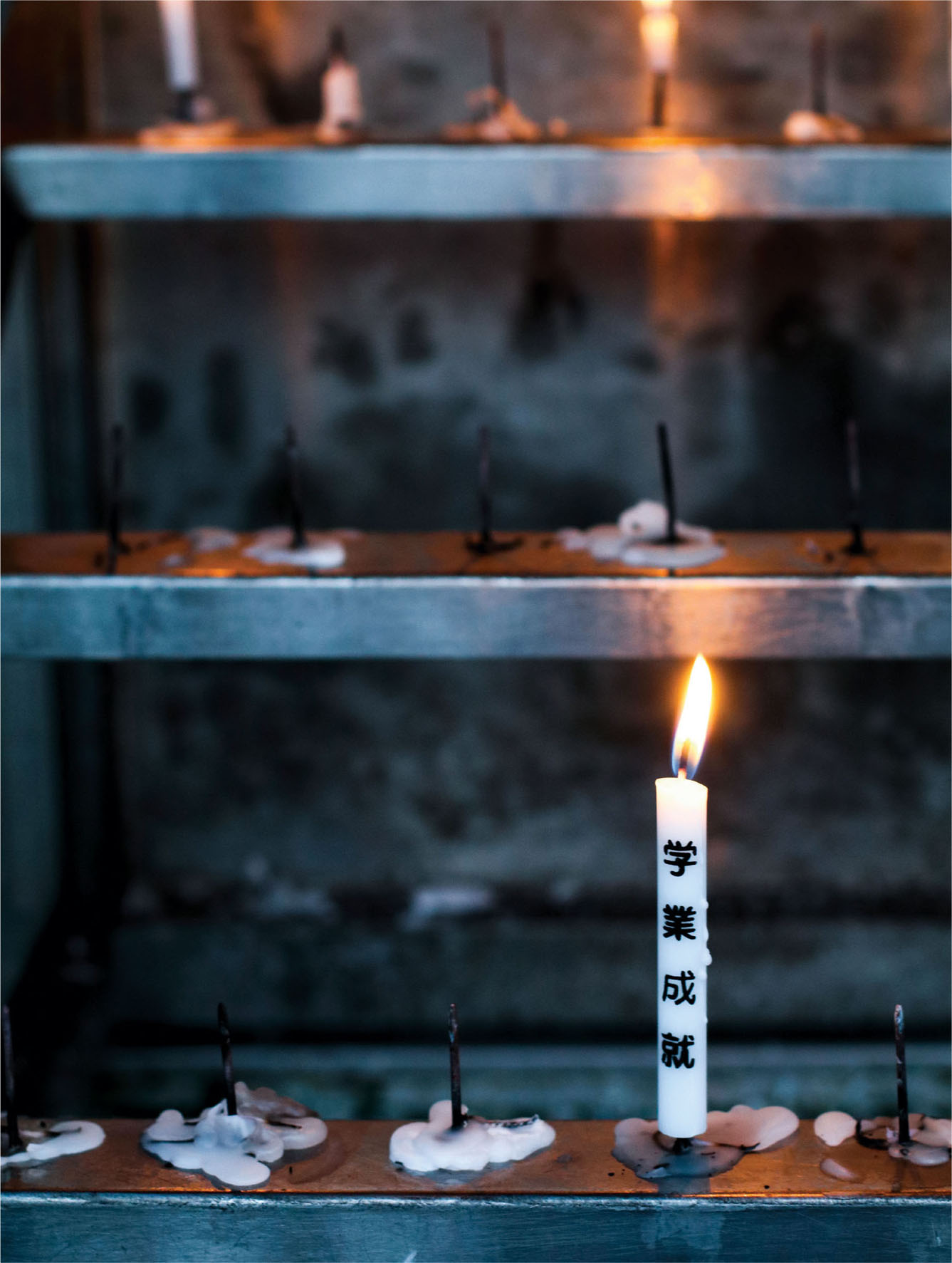Contents
Guide
Contents
Australia
HarperCollins Publishers Australia Pty. Ltd.
Level 13, 201 Elizabeth Street
Sydney, NSW 2000, Australia
www.harpercollins.com.au
Canada
HarperCollins Publishers Ltd
Bay Adelaide Centre, East Tower
22 Adelaide Street West, 41st Floor
Toronto, Ontario, Canada
M5H 4E3
www.harpercollins.ca
India
HarperCollins India
A 75, Sector 57
Noida
Uttar Pradesh 201 301
www.harpercollins.co.in
New Zealand
HarperCollins Publishers New Zealand
Unit D1, 63 Apollo Drive
Rosedale 0632
Auckland, New Zealand
www.harpercollins.co.nz
United Kingdom
HarperCollins Publishers Ltd.
1 London Bridge Street
London SE1 9GF, UK
www.harpercollins.co.uk
United States
HarperCollins Publishers Inc.
195 Broadway
New York, NY 10007
www.harpercollins.com
Clean Green Eats
Clean Green Drinks
Cook Yourself Sexy
Pretty Delicious
Cook Yourself Thin
the
japanese art
of nourishing
mind, body,
and spirit
I TS TAKEN ME THIRTY-PLUS YEARS TO WRITE THIS BOOK . Not because I didnt want to write itthe truth is, Ive always wanted to write itbut I was very afraid of putting words on the page. After all, the prospect was intimidating. Japanese culture is largely focused on intricate detail, precision, and preparation. I never felt like I was good enough or ready enough to write a book about the cultural traditions I grew up with and the philosophies that have shaped my life and career.
I decided that the only way I would ever feel ready, or qualified, to write on this topic was to go back to my mothers ancestral home in Japan. To spend time visiting with all the family members whom I dont see often enough, to taste the flavors of Japan, to observe its traditions and rituals, to feel a part of its rhythms and its pulse. And so, a few years ago, I bought a ticket, packed my bags, and headed east.
Ive explored Japan many times since I was five, but I knew from the moment I arrived that this trip would be different. From the moment the wheels of the plane touched down, I felt like I was home. I told myself to be brave, to open myself up to this opportunity, and to learn all that could be learned. Truth be told, I was fresh off a breakup and my heart was hurting. My mind felt foggy. My body was tired. I felt broken, and I secretly hoped that this journey would help to heal me.
Over the course of ten trips over the past few years, I experienced Japan during all four seasons. In the spring, I explored hanami (flower viewing) during the cherry blossom festival, and studied matcha tea ceremony with my great-aunt Takuko in Southern Japan. During the summer, I cooked homemade Japanese meals with my cousins in Tokyo and stayed with the monks in the mountains of Kyasan. During the fall, I hiked the holy temples of Shikoku Island and learned how to cook with a Japanese washoku teacher back in Tokyo. In the winter, I drank sake with my friends in Niigata, ate delicious nabe hot pots in Matsuyama, and visited my favorite onsen baths in the Iya Valley. Japan experiences all four seasons, and the Japanese adapt to and appreciate all of themthe rain, the snow, the stormswhatever nature brings.
One day, I was in Kyoto, observing a kintsugi master, Tsuyoshi-san, at work in his home studio. He reminded me of my grandfather (an Impressionist painter), with his wisdom, artistic character, and massive amount of talent. Carefully, he sealed the pieces of broken pottery until they were whole again and painted the cracks with gold. As I watched this talented man put his energy and soul into bringing shattered vessels back to life, it hit me: kintsugi is the self-care we all need and deserve.
Kintsugi is applied to vessels that are not just broken, but beloved. The gold that seals the cracks is applied with an artists care and devotion. The finished product is more beautiful than it was before. We deserve this too! And we shouldnt have to wait until we feel broken to give ourselves this gift.
It is through a process of self-care and self-acceptance that we can heal, flourish, and grow. My journey taught me so much, and, in the end, I left Japan feeling healed in mind, body, and spirit. My experience of learning how to put myself back together made me stronger, tougher, and more resilient.
As I was writing this book, I talked to my girlfriends and heard so many similar stories. I realized that too many of us feel broken or damagedor simply not good enoughtoo much of the time. Were so busy being hard on ourselves that its easy to lose sight of the fact that we are also deserving of the self-care it takes to maintain our health and our happiness. Golden repair celebrates our imperfections. It teaches us that we are more beautiful for our flaws, our battle scars, our lessons learned.
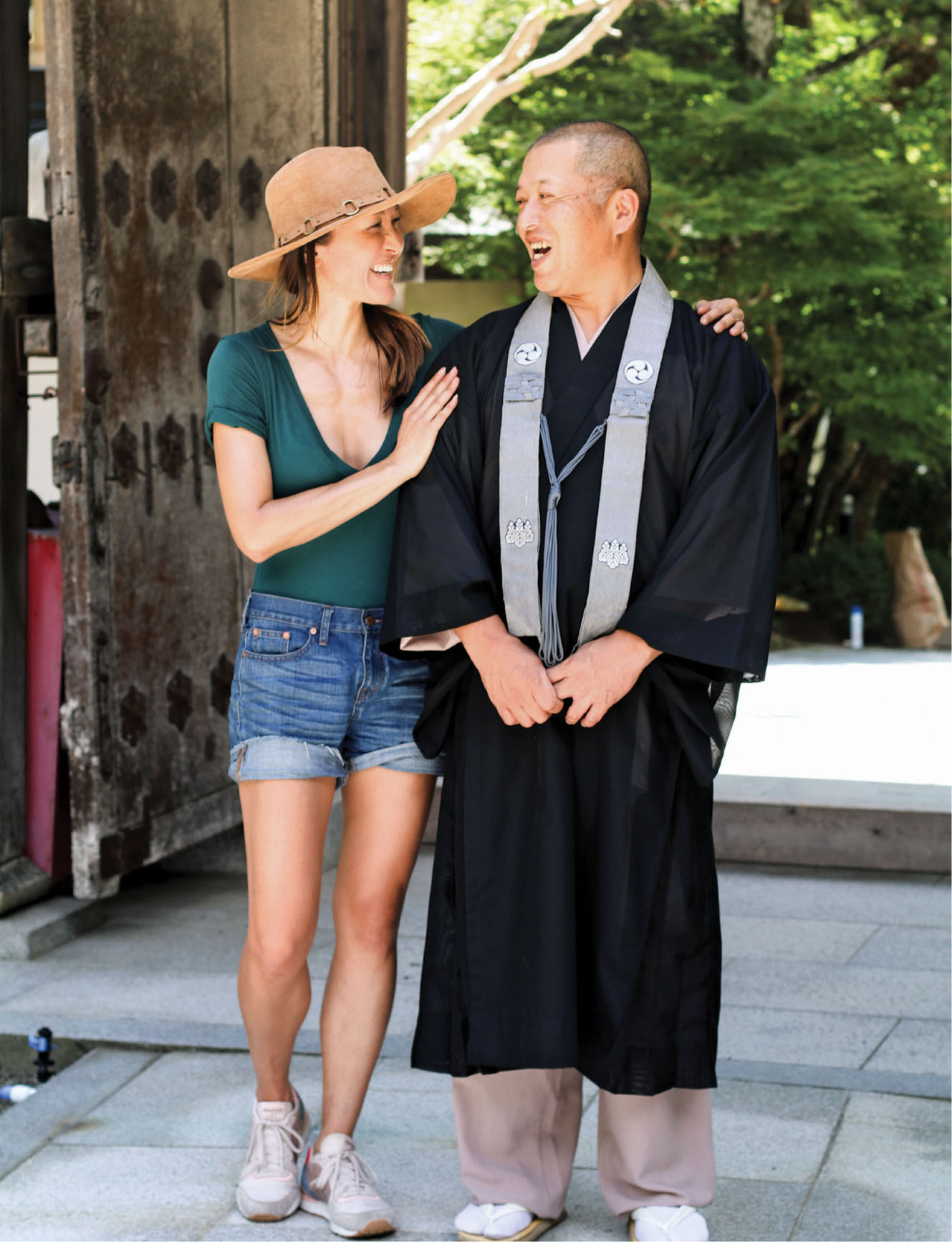
Kyasan, Japan: We can learn so much from the monks, admiring their tenacity, poise, and devotion.
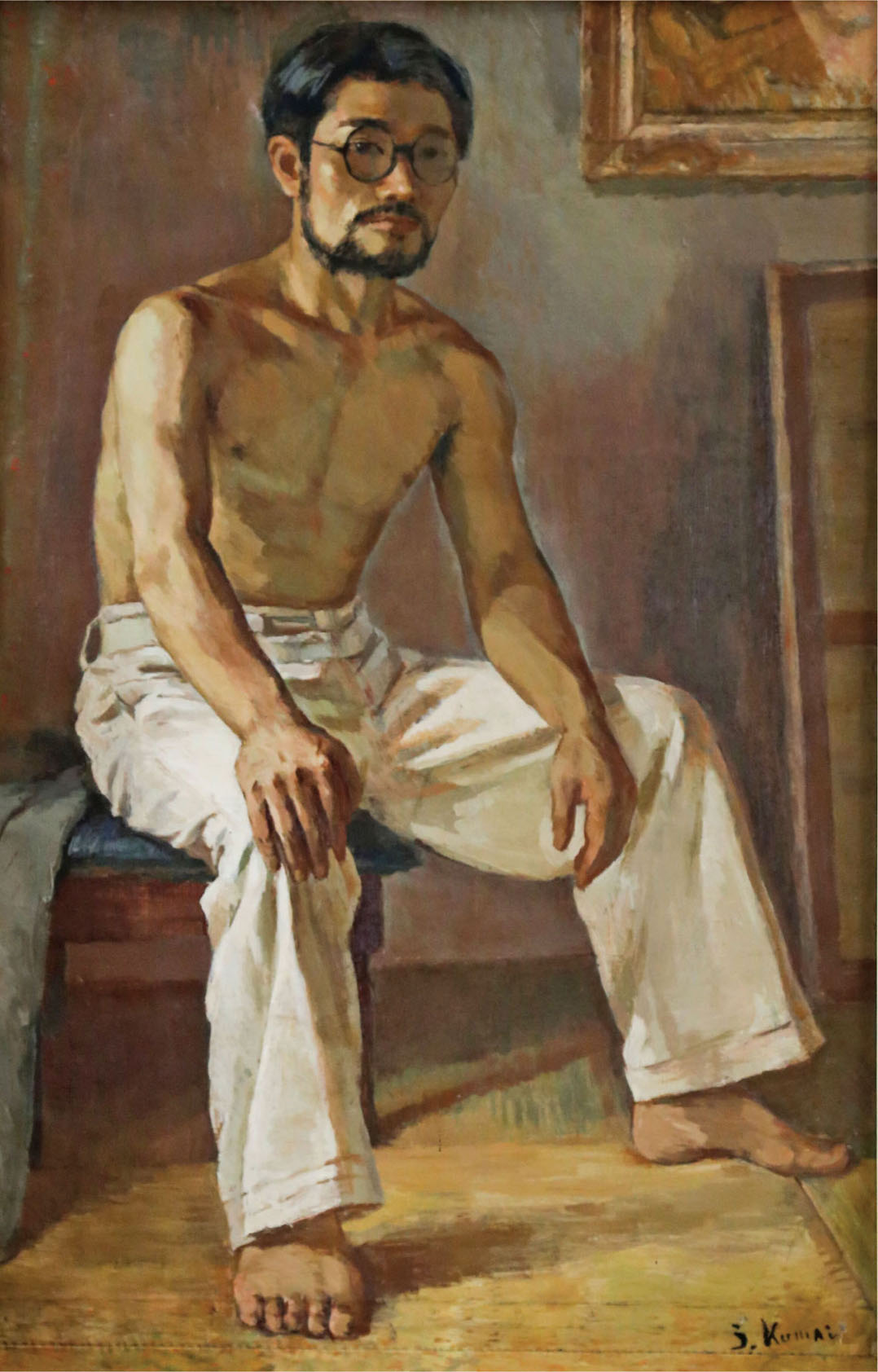
My grandfathers self portrait: Jun Kumais artwork is the lifeline to our familys artistry. He was a rebel before his time and a pioneer in his field. He traveled the world painting from the 1970s to the 1980s. He had a deep and profound love for Europe. A true shokunin.
The philosophies of Japanese life are the guiding force of this book. Ive organized them into four parts: Strengthen, Nourish, Lifestyle, and Heart. In each of these sections, you will find some of the simple rituals that helped heal me. In Japan, rituals are an important part of everyday life. These practices are prompts that remind you of whats important, and ground you in the present while honoring the past.
It is my hope that this book will offer you the golden repair you need to feel whole, vibrant, happy, and healthy. Im excited to share my heritage, my familys traditions, and my heart.
!
Karada ni ki o tsukete kudasai! Please take care of yourself,
Strengthen
Jbunisuru
, /
Genkizukeru
,
Kintsugi
,
(keen tsu gee)
the japanese art of golden repair
Wabi-Sabi
,
celebrate imperfection



